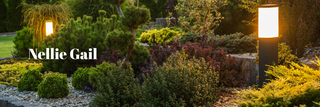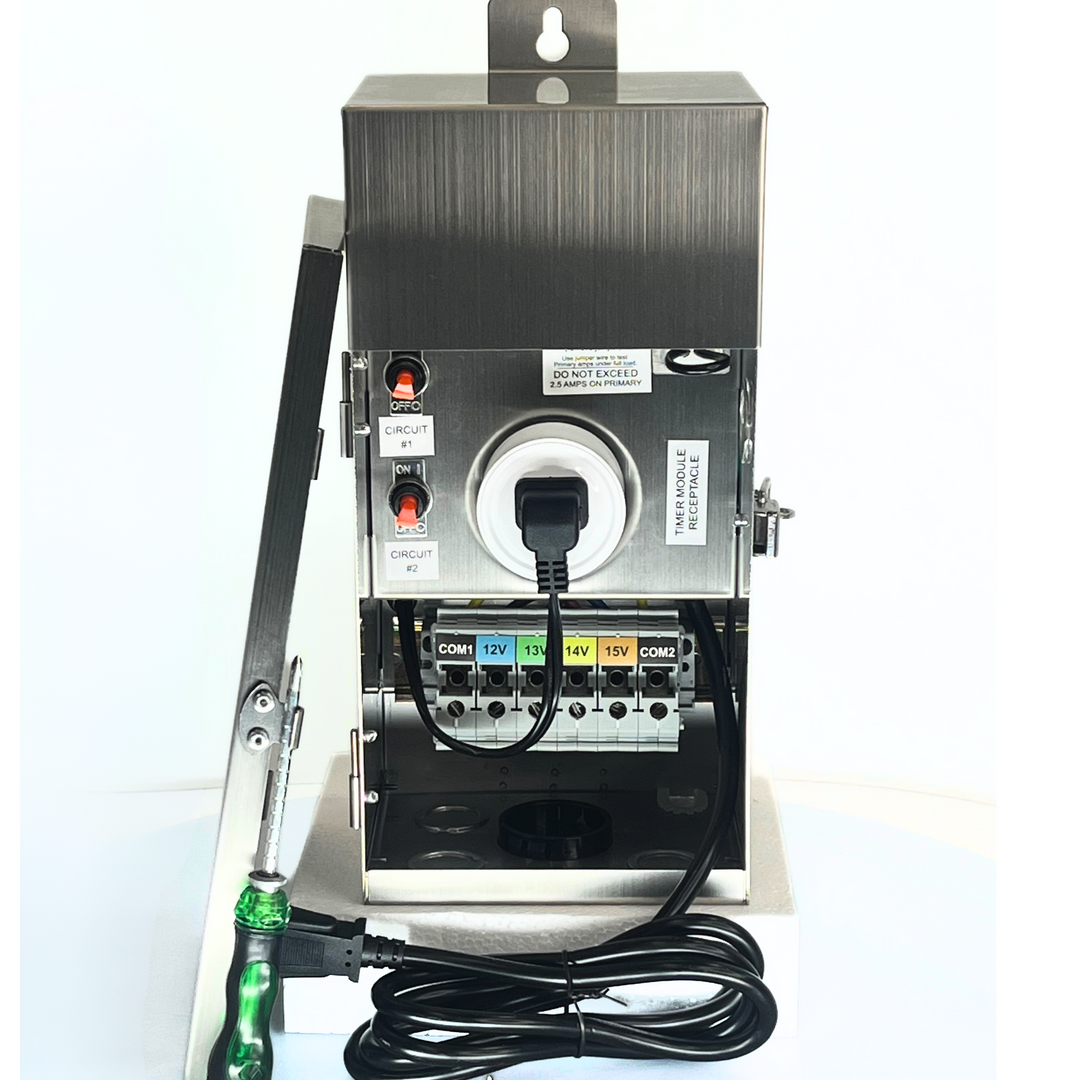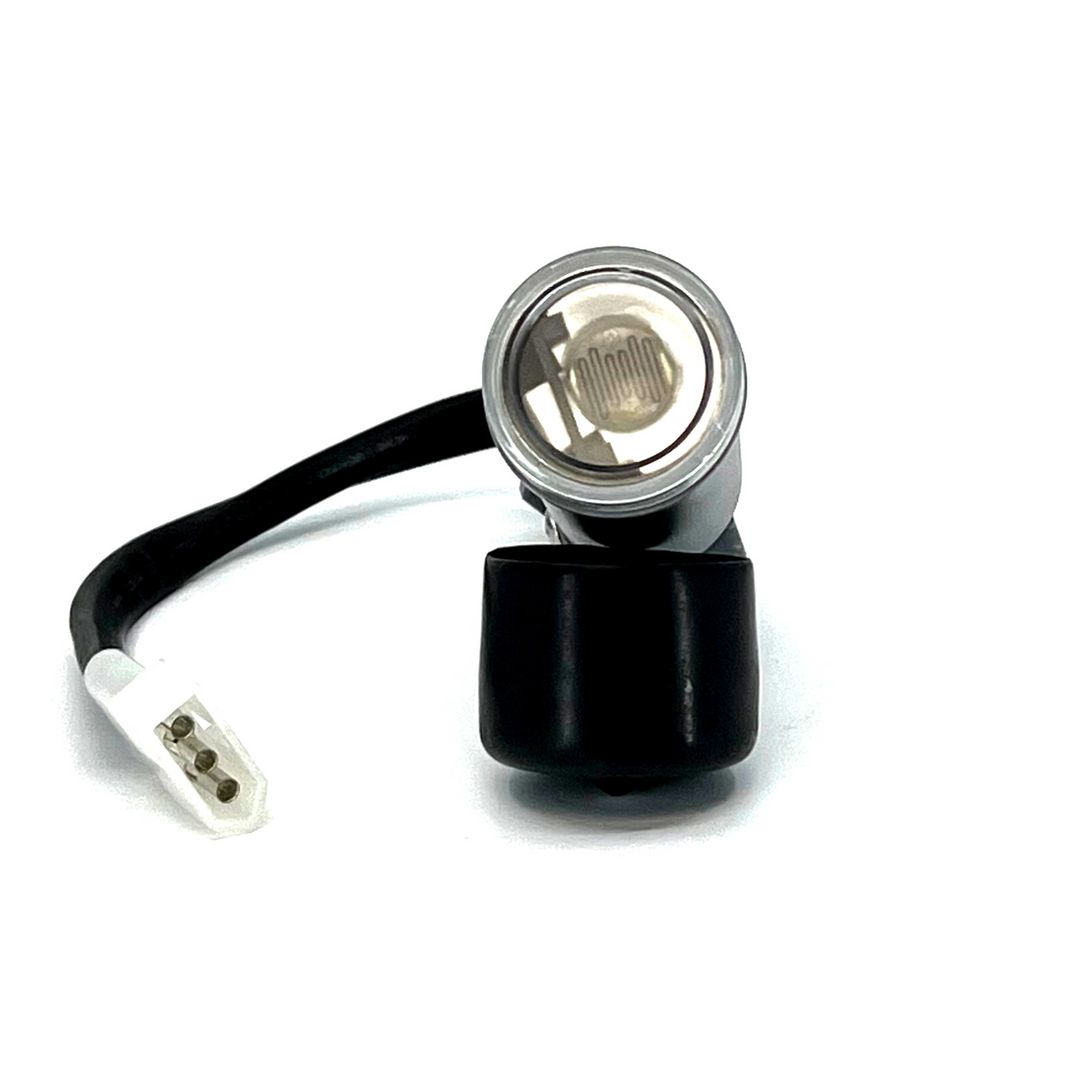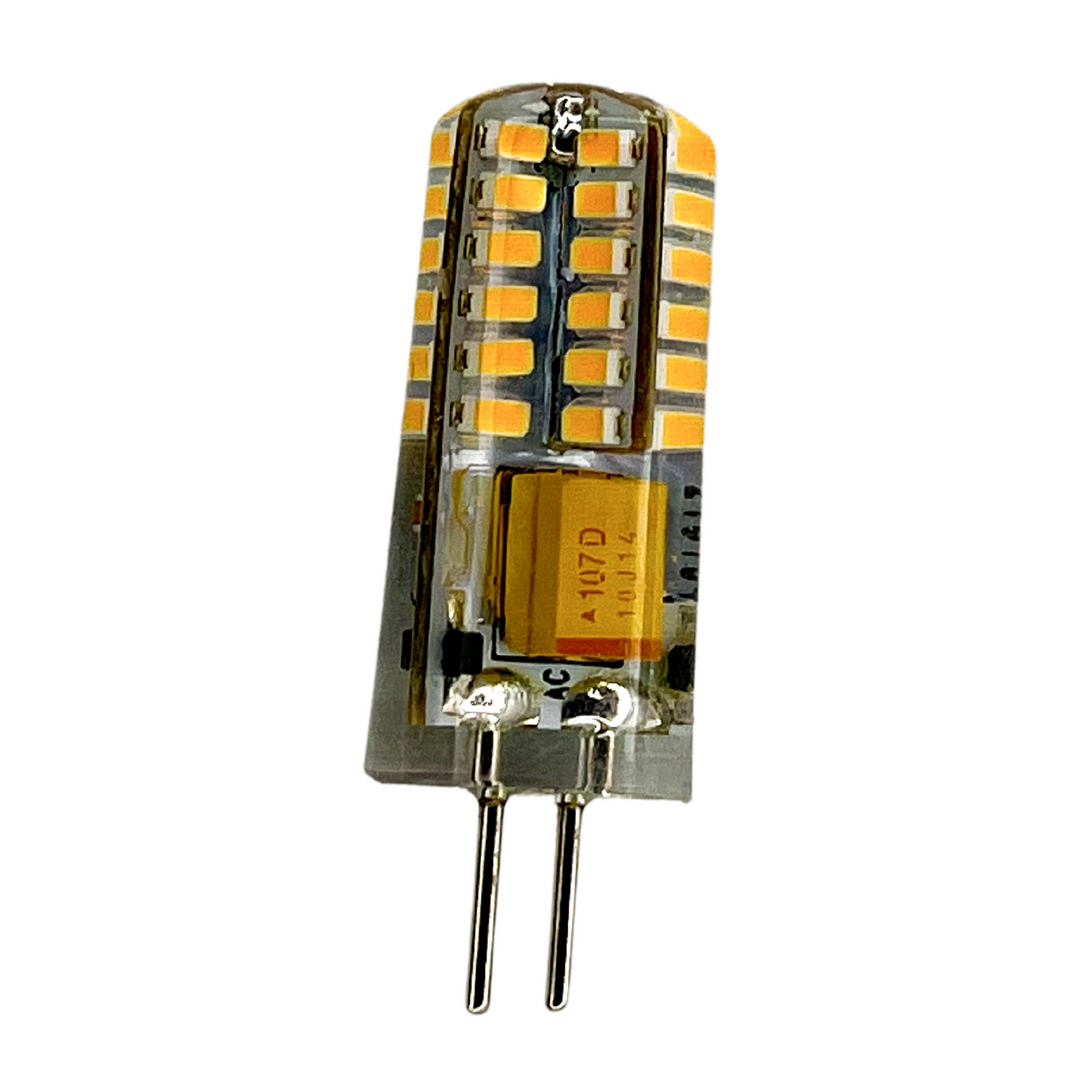
Lighting Midway City: Top Tips for Landscape Lighting
|
|
Time to read 7 min
Landscape Lighting in Midway City plays a crucial role in enhancing the beauty, functionality, and safety of outdoor spaces in Midway City. By strategically placing lights around your property, you can highlight architectural features, garden elements, and pathways, creating a welcoming and aesthetically pleasing environment. Beyond aesthetics, well-planned lighting increases the usability of your outdoor areas, allowing you to enjoy them after dark. Additionally, lighting serves as a deterrent to intruders, making your home more secure, while also preventing accidents by illuminating potential hazards such as steps and uneven surfaces.
Types of Landscape Lighting Fixtures
Choosing the right type of lighting fixture is essential for achieving the desired effect in your landscape. Spotlights are perfect for highlighting tall trees, statues, or architectural features. Pathway lights, which are usually low to the ground, guide visitors safely along walkways and add a charming ambiance. Ambient lighting, such as string lights or lanterns, creates a soft glow that enhances the overall atmosphere of your outdoor space. It’s important to select fixtures that are not only functional but also durable, as they will be exposed to the elements year-round.
Choosing the Right Lighting for Your Needs
When selecting landscape lighting, consider factors such as the purpose of the lighting, energy efficiency, and durability. LED lights are an excellent choice due to their low energy consumption and long lifespan. They are available in various colors and brightness levels, allowing you to customize the look of your landscape. Solar-powered lights are another energy-efficient option, especially for areas that receive plenty of sunlight during the day. However, their effectiveness depends on their exposure to sunlight, so placement is key. Traditional incandescent lights, while less energy-efficient, offer a warm and inviting glow, making them suitable for areas where you want to create a cozy atmosphere.
Installation Tips and Best Practices
DIY vs. Professional Installation
When it comes to installing landscape lighting, you have the option of doing it yourself or hiring a professional. DIY installation can be a cost-effective solution for simple projects, such as setting up solar lights or low-voltage systems. However, for more complex installations, such as those involving hardwired systems or extensive wiring, it’s advisable to hire a professional. Professional installers have the expertise to ensure that the lighting is installed safely and complies with local electrical codes. They can also offer valuable advice on the best types of fixtures and placements to achieve your desired look.
Safety Considerations During Installation
Safety should be a top priority when installing landscape lighting, especially when dealing with electrical components. If you’re installing low-voltage lighting, be sure to use a transformer to reduce the risk of electrical shock. Bury all cables at least six inches underground to protect them from damage and ensure they’re housed in conduit to prevent water ingress. Avoid placing lights near water features unless they’re specifically designed for underwater use. If you’re unsure about any aspect of the installation, it’s best to consult a professional to avoid potential hazards.
Planning and Designing Your Landscape Lighting
Creating a Lighting Plan
Before installing any landscape lighting, it’s important to create a detailed lighting plan. Start by identifying the key areas you want to illuminate, such as pathways, gardens, and entryways. Consider the purpose of each light—whether it’s for safety, highlighting a feature, or creating ambiance. Mapping out the placement of lights beforehand helps ensure that you achieve a balanced and harmonious look. Additionally, think about how the lighting will interact with your landscape during different times of the year. For example, certain plants may grow and obstruct light, or seasonal decorations might require additional lighting.
Strategic Placement of Lights for Maximum Impact
The placement of your lights is crucial to achieving the desired effect. Use spotlights to draw attention to tall trees, water features, or sculptures, while pathway lights can be placed along walkways to guide visitors safely through your garden. Consider using a combination of uplighting and downlighting to create depth and contrast in your landscape. Uplighting, where lights are placed at ground level and directed upwards, can be used to highlight trees or architectural features. Downlighting, on the other hand, involves placing lights higher up and directing them downwards, creating a soft, natural-looking glow that mimics moonlight.
Incorporating Seasonal Adjustments
As the seasons change, so should your landscape lighting strategy. In the winter, when nights are longer, you may need to increase the duration your lights are on. During the summer, with longer daylight hours, you might reduce the lighting period to save energy. Additionally, seasonal plant growth may require you to adjust the placement of lights to ensure that key features remain highlighted throughout the year. For instance, trees that are bare in winter may block less light than when they are full of leaves in the summer, requiring you to reposition your lights accordingly.
Enhancing Safety and Security with Landscape Lighting
Securing Your Property with Motion-Sensor Lights
Motion-sensor lights are an effective way to enhance the security of your property. These lights are activated by movement, making them an excellent deterrent for potential intruders. They can be placed near entry points such as doors and windows or in darker areas of your yard where someone might attempt to hide. When motion is detected, the lights will turn on suddenly, drawing attention to any unwanted visitors and potentially scaring them away. Additionally, motion-sensor lights can be integrated with other security systems, such as cameras, to provide comprehensive protection for your home.
Illuminating Pathways and Entrances
Lighting pathways, steps, and driveways is essential for both safety and aesthetics. Pathway lights not only guide visitors safely to your front door but also add a decorative touch to your landscape. When installing pathway lights, ensure they’re spaced evenly and positioned to illuminate the entire path without creating harsh shadows. For steps and driveways, consider using recessed lighting that’s built into the surface, providing illumination without being obtrusive. This type of lighting is particularly useful in preventing trips and falls, making it safer for everyone to navigate your outdoor spaces at night.
Embracing Smart Technology in Landscape Lighting
Benefits of Smart Landscape Lighting Systems
Smart technology offers a range of benefits for landscape lighting, making it easier to manage and customize your outdoor environment. With smart lighting systems, you can control your lights remotely using a smartphone or tablet, allowing you to adjust the brightness, color, and timing of your lights with just a few taps. You can also set schedules to automate when your lights turn on and off, ensuring your landscape is always beautifully illuminated without any effort on your part.
How to Set Up and Use Smart Lighting
Setting up smart lighting for your landscape is straightforward, especially with the many user-friendly products available today. Start by selecting a smart lighting system that suits your needs, such as one that allows for remote control, scheduling, and color changes. Install the smart lights according to the manufacturer’s instructions, ensuring they’re placed in strategic locations to achieve the desired effect. Once installed, connect the lights to your home’s Wi-Fi network and download the corresponding app to your smartphone or tablet. From the app, you can control all aspects of your lighting, from brightness and color to on/off schedules.
Creative Ideas for Landscape Lighting in Midway City
Highlighting Architectural Features
One of the most effective ways to enhance the beauty of your home’s exterior is by using lighting to highlight architectural features. Uplighting is a popular technique where lights are placed at ground level and directed upwards to emphasize tall structures such as columns, archways, or facades. This creates a dramatic effect, especially at night, making your home stand out in the neighborhood. Another technique is silhouetting, where a light is placed behind an object, such as a statue or tree, to cast a shadow on a nearby wall, adding depth and intrigue to your landscape.
Creating Ambiance with Decorative Lighting
Decorative lighting, such as string lights, lanterns, and festoon lights, can transform your outdoor space into a cozy and inviting retreat. These types of lights are perfect for creating a warm, festive atmosphere, whether you’re hosting a garden party or simply enjoying a quiet evening outdoors. String lights can be draped across a patio or deck, while lanterns can be placed on tables or hung from trees to create a soft, ambient glow. Consider using color-changing LED lights for added versatility, allowing you to customize the ambiance to suit different occasions and moods.
Integrating Water Features with Lighting
Water features such as fountains, ponds, and pools can be enhanced with the right lighting, creating a stunning visual effect. Underwater lights can be installed in ponds or pools to illuminate the water from within, making it glow beautifully at night. For fountains, consider placing spotlights at the base to highlight the water as it cascades down, adding a touch of elegance to your garden. Additionally, lights can be placed around the perimeter of water features to create a soft, reflective glow,adding a sense of tranquility and sophistication to your outdoor space.
Maintenance and Upkeep of Landscape Lighting
Regular Maintenance Tips
To keep your landscape lighting in top condition, regular maintenance is essential. Begin by cleaning the fixtures to remove dirt, debris, and any buildup that could affect the light output. Check for burnt-out bulbs and replace them promptly to ensure consistent illumination across your landscape. It’s also important to inspect the wiring and connections periodically, especially after extreme weather conditions, to ensure everything is secure and functioning properly. For solar-powered lights, make sure the panels are clean and free from obstructions to maximize energy absorption.
Troubleshooting Common Lighting Issues
Over time, you may encounter issues with your landscape lighting, such as flickering lights, reduced brightness, or faulty wiring. Flickering lights could be due to loose connections or a faulty transformer, which should be checked and tightened if necessary. If the brightness of your lights has diminished, it could be due to dirt on the fixtures or the aging of the bulbs, both of which can be resolved with cleaning or replacement. For more complex issues, such as frequent outages or electrical faults, it’s best to consult a professional who can diagnose and fix the problem safely.












